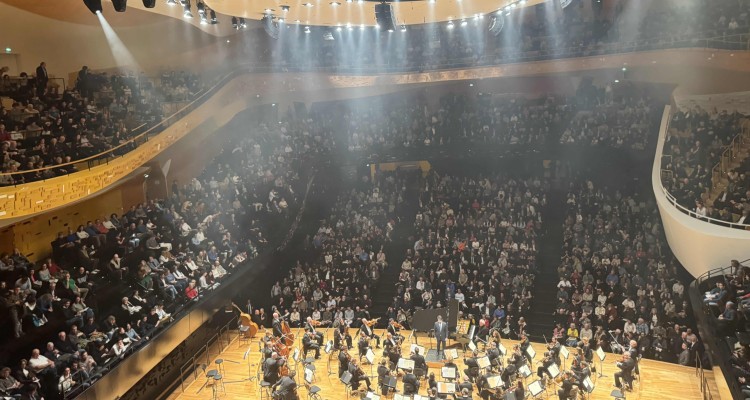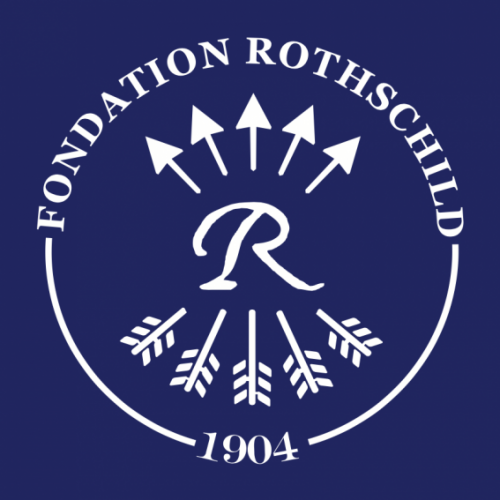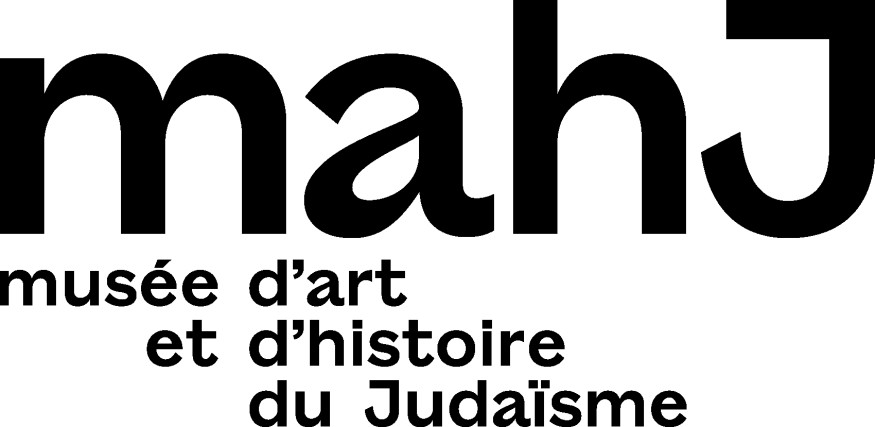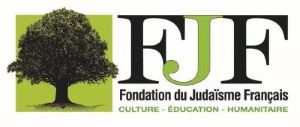About The Exported by Sonia Devillers
In Communist Romania, Jews were traded for pigs, calves or cows. This is how Sonia Devillers’ grandparents – as she recounts in Les Exportés (Flammarion, September 2022, not yet translated into English) – were able to pass to the West. A picture of blood and guts emerges from Romania: after being slaughtered by hand, the surviving Jews were worth just about the price of the animals for which they were exchanged.
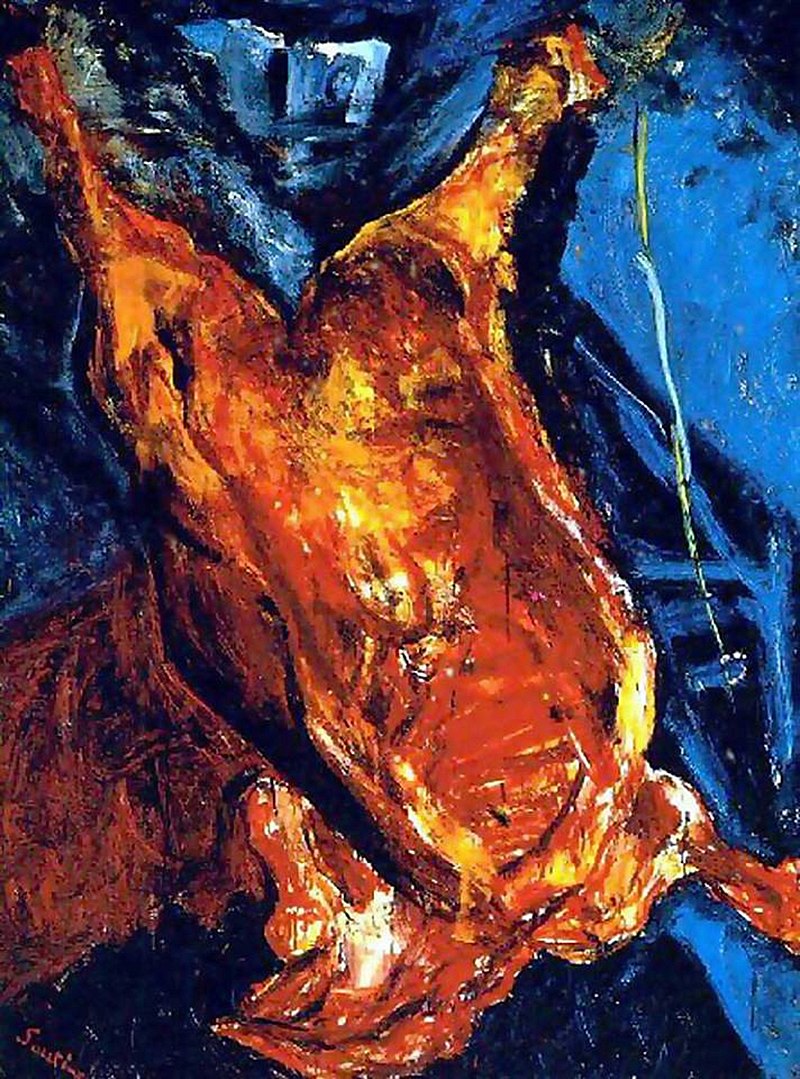
In recent years, the biographical investigations conducted by the grandchildren of Holocaust survivors have become a literary genre in its own right. It is the place where family history, immersed in the course of ordinary life, full of small singularities, meets the tornado of History that sweeps up everything in its path. Its spring: the questioning astonishment of survival, when each case appears as an anomaly in a plot that has death as its rule of order.
Sonia Devillers’ story plunges us into the world of her maternal grandparents, that of the upwardly mobile Jewish bourgeoisie of pre-war Bucharest, cultivated, polyglot, music-loving, a family of artists, entrepreneurs, academics, Jews in spite of their efforts to be as little Jewish as possible, but nevertheless reluctant to change their name to make themselves definitively forgotten. The rise of Romanian fascism in the interwar period, which was profoundly anti-Semitic, followed by a pronazi Romania and the annexation of Moldavia and Transnistria, provinces populated by numerous Jewish communities, made the record of the Shoah in its Romanian form open to all sorts of manipulations after the war. By the greatest of coincidences, because the Romanian government, an early ally of Nazi Germany, sensed that the Third Reich could fail and switched in extremis to the side of the Allies, the Jewish population of Bucharest, unlike that of the Romanian provinces, was in the end not deported, even though the “evacuation” plans drawn up by the Romanian government were ready. Sonia Devillers’ family escaped.
Romania, which was undoubtedly the country that participated most actively and directly in the Shoah, although the competition with Ukraine is close, had an apparently honorable record after the war: only half of the 700,000 Romanian Jews stricto sensu were massacred. This made the People’s Republic of Romania – where Sonia Devillers’ grandparents had become sincere communists before the war, but irremediably tainted by a bourgeois ethos that would later lead them, like all Jews, to be persecuted for “cosmopolitanism” – the country with the largest Jewish population in Eastern Europe after Russia. They were sold as Jews, whom they thought they were no longer, and their name, Greenberg, which inextricably linked their Jewish origin to (et à son origine américaine)the United States, the capitalist enemy, was finally included in 1962, after a long and arduous wait, on the export list approved by a regime that traded Jews first for pigs and then for all sorts of goods related to the pig and sheep farming industry. Communist Romania, permanently on the verge of bankruptcy, as a rural country that it fundamentally remained despite its demiurgic dreams of extricating itself from it, coveted the pigs and repelled the Jews. These two tenacious impulses were to interlock from 1958 onwards, triggering an incongruous, secret traffic, admittedly vaguely shameful in the eyes of the Communists, but not so clearly that they would refrain from it.
By describing this traffic from the point of view of the merchandise exchanged (that of an exported Romanian Jewish family, not imported pigs), Sonia Devillers takes us into the absurd and dangerous arcane world of the Romanian bureaucracy, its paranoid repressive services, and that of the efficient but troubled British Jewish broker at the helm of this import-export business. Within this economic sub-system, which is more akin to hostage-taking than to a socialized economy, the grandparents and their two young daughters, including Sonia Devillers’ mother, who have been stripped of their nationality since they announced themselves as candidates for departure, lose control of their fate. Disoriented, distressed, outcast from a society in which they were devoted citizens, they are forced to sell their meager possessions in order to complete the sum demanded by the smuggler and finally manage to acquire the status of exchangeable object. Sonia Devillers inherits this trade and the loss of the mother tongue swallowed up in the flight to Paris, the final stage of a Jewish trajectory in a Romania that, failing to kill them as planned, later recycled them into a profitable economic circuit.
Every post-Shoah family investigation has its own color, sometimes indefinable. So here is perhaps the most striking thing about Sonia Devillers’ story: it is as if dipped in Chaïm Soutine’s palette, soaked in his world of carcasses, tripe and butcher’s fangs. From this emerges a picture of Romania in the colors of embers, in incendiary tones, glowing vermilion and dirty yellow. “The Jews were arrested by the hundreds, taken away and tortured in the police headquarters. Among them, a contingent was sent to the Jilava forest. Men and women were carefully stripped naked and then riddled with bullets in the snow. Another group was crammed into a truck […] Harry Greenberg, my grandfather, was among the fifteen. He was sent to the slaughterhouses in Bucharest. A bullet in the neck. A handful of dying people, including a little girl, were then hung from the butcher’s fangs that surrounded the place. The corpses, disemboweled by the legionnaires, with their guts in the air, were adorned with signs that read ‘kosher’. (p.44-45). Since the concentrated murderous fury, rapes, and looting that was the Bucharest pogrom of January 1941 in Marshal Antonescu’s Romania, perpetrated by the Iron Guard with the help of an enthusiastic local population, the area under Romanian control has tipped over into horror. In Odessa, Romanian troops hung 8,000 Jews from lampposts and balconies, killed thousands more in sheds, and swept through Bessarabia and Bucovina, leaving 100,000 corpses in the open, while 150,000 Ukrainian Jews were parked in former pig farms. The Germans criticized the Romanians for their amateurism and lack of hygiene. They were disgusted. So the Romanian army sometimes set fire to the pig batteries in which the Jews were crammed. Then, the executions of large Jewish populations began at the edge of a huge ravine where a brewery was lit, allowing the children to be thrown in alive.

Fire, blood, carcasses, corpses, the smell of rotting or burning flesh. And in Bucharest the Jews held their breath. The newly communist Romania had absolved itself of all this. The Jews were no longer openly named, they did not exist, but there was an ancestral resentment against this profiteering elite whose name was not mentioned, a caste that was not really Romanian, irrepressibly bourgeois, and this led to their removal in order to Romanianize the party and the administration. Hadn’t they always taken advantage of Romania? Now Romania was going to pay itself back.
Pushed out, many of them fled when the doors opened for an instant in the direction of Israel, only to close again immediately. So many of them lined up for exit permits that the parade exposed them as a commodity. Not long ago they were not even worth the price of the straw from the pigsties to burn them, but suddenly their price was considered interesting, comparable to that of the pig as such, this animal so coveted in a Romania that was exsanguinated and projected itself as an exporter of processed pigs. To do this, it was necessary to acquire productive pigs of which the West had the secret, and then the biological and technical infrastructure necessary for the construction of efficient industrial farms. It was then enough to export the Jews to import the coveted good. The Jewish standard set the price of the pig.
Jewish heads for cattle, that’s how Romania depopulated itself of its Jews at the end of the 1950s, for a good decade, by populating itself with pigs in order to export sausages and earn foreign currency. In exactly the same period, notes Sonia Devillers, in order to accelerate the process of modernization of the rural world, the authorities abruptly decided to eradicate the hundreds of thousands of horses in the Romanian countryside, a symbol of the traditional peasantry: “Improvised executioners were then dispatched throughout the country. The stories tell of horses tied to trees and torn apart with axes, of animals butchered on the spot […]” (p.194). From the Romania of the past to the Romania in the process of forced modernization, there emerges, unchanging, the stultified, criminal bureaucrat and his auxiliary, the enthusiastic executor who repaints the world with blood, guts, and crushed carcasses.
From the slaughter of Jews to the sale of human bodies worth the price of an animal carcass, everything is morbid in Sonia Devillers’ investigation, except for her family, whose freshness sometimes borders on candor, which surprises the reader as much as it does the author. Sonia Devillers would like to portray her family as bourgeois parvenus, sometimes a bit snobbish, in the manner of Modigliani depicting Proust, but her description is closer to the work of Soutine, whose portraits are stylistically close to those of his friend Modigliani, also Jewish: faces not smooth, impassive, like African masks, but twisted, grimacing – the shtetl of Soutine’s Belarus inclining more to expressive terror than the comfort of an affluent neighborhood in Livorno. And from hangings to disembowelments, from mass slaughter to piecemeal sales, everything in Sonia Devillers’ investigation brings us back to the raw, nauseating atmosphere of Soutine’s organic, putrefied “still life” paintings.
The painter chooses his models on the stalls, then in the cold rooms and the rendering shed of the slaughterhouses. When the flesh of the carcass bought at the meat market of La Villette would turn black, Soutine, indifferent to the pestilential odors invading his studio, would sprinkle it with fresh blood, so that it would regain its vibrant colors. The carcass that still mimics life, that is what post-Shoah investigations try to capture without ever succeeding. But Sonia Devillers’ investigation has the advantage that her people were treated for what they were in this post-Shoah communist era: carcasses that Soutine miraculously brought back to a certain semblance of life.

